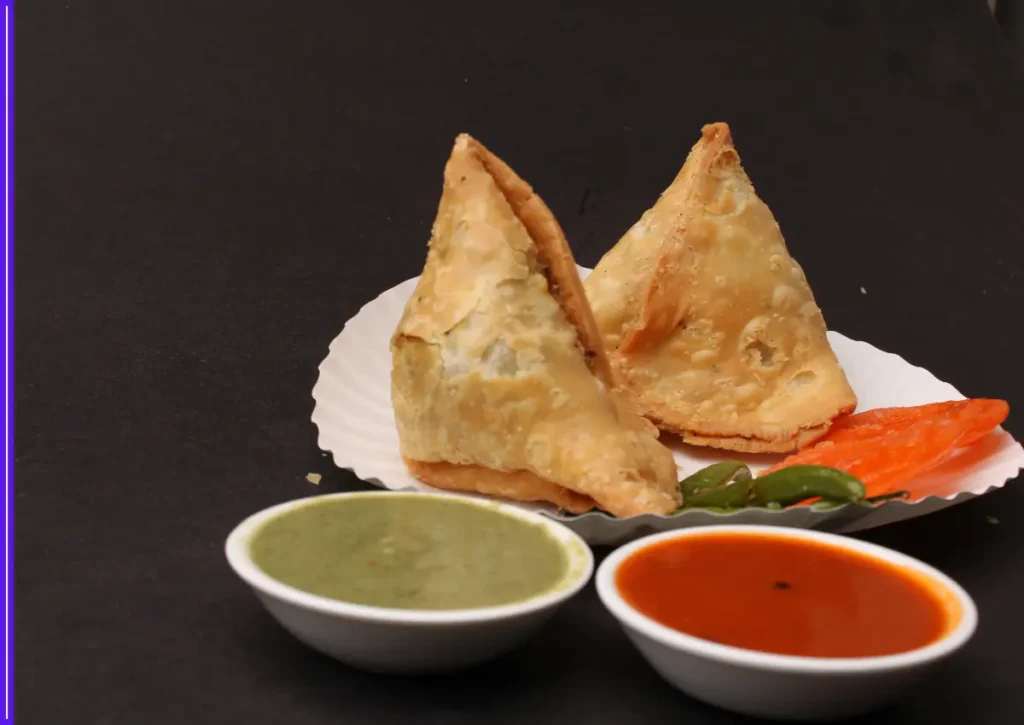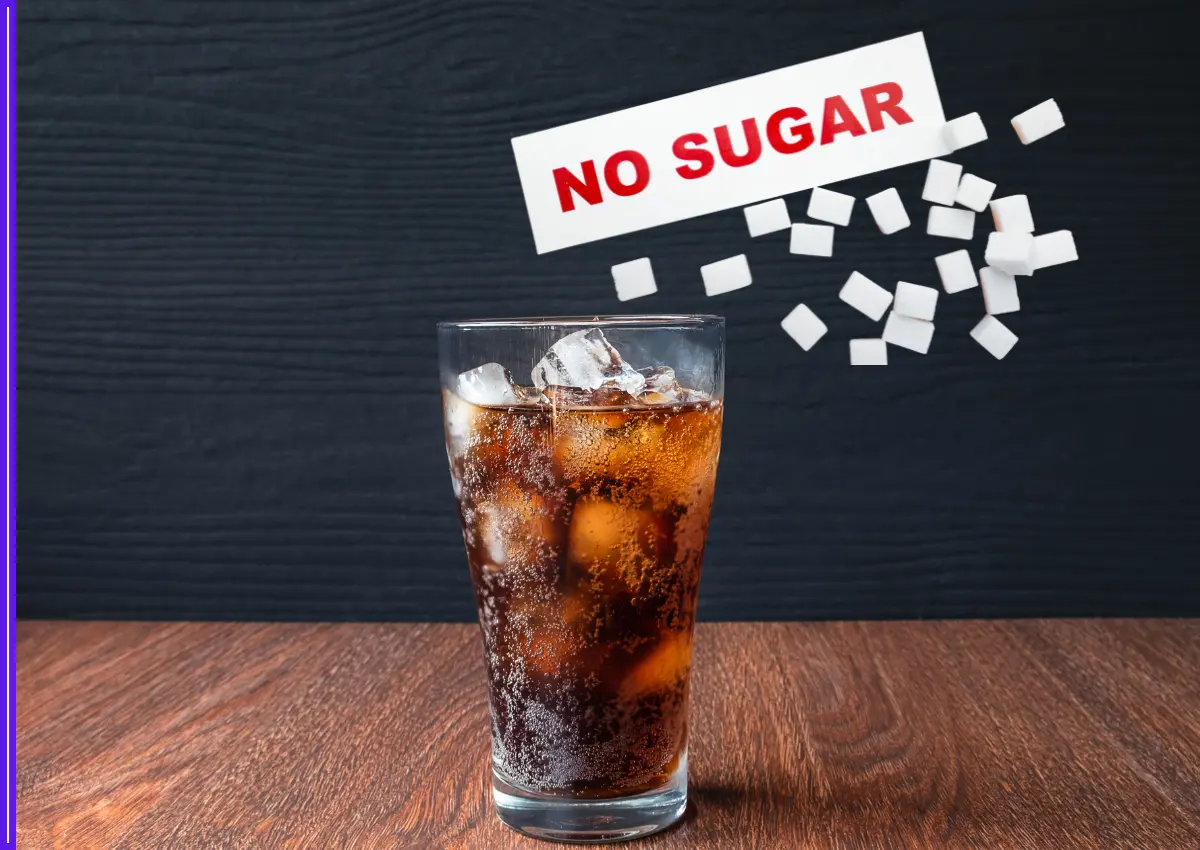In a bold move to tackle India’s growing lifestyle disease crisis, the central government has issued an advisory directing all government offices, educational institutions, and public workplaces to display health boards revealing the sugar and fat content of commonly consumed snacks such as samosas, jalebis, and vada pav.

The initiative is part of a larger behavioral push under the National Programme for Prevention and Control of Non-Communicable Diseases (NP-NCD). The aim is to create awareness—not bans—by installing visual reminders about how much sugar, oil, or fat a person is unknowingly consuming during routine snack breaks. These boards will appear in canteens, reception areas, lobbies, and cafeterias.
The advisory comes at a time when India is witnessing an alarming rise in obesity, diabetes, and heart disease. Officials say the boards are designed to work like nudges—gentle prompts that make people think twice before reaching for deep-fried or sugar-laden foods during lunch breaks or office tea hours.
Each board will feature bright visuals of Indian snacks, next to calorie counts and sugar/oil equivalency in grams or teaspoons. For example, a single samosa may be shown to contain 12-15 grams of fat, while a small serving of jalebi might pack 20 grams of sugar, nearly hitting the daily recommended sugar limit of 25 grams for adults in one go.
While this has sparked curiosity among office-goers and school staff, the Ministry of Health clarified that this is not a restriction or ban on food items. Instead, it’s an educational awareness drive modeled on the same principle as India’s tobacco control warnings—only adapted to food habits.
“This move is not about removing samosas or gulab jamuns from the menu,” a senior health official said. “It’s about making people aware of what goes into their bodies every day. Once you know a snack has your entire day’s sugar intake, you might cut back.”
Some offices and institutions like AIIMS Nagpur and Chandigarh Airport have already implemented the advisory voluntarily. Posters have appeared showing the fat content of pakoras, sugar in soft drinks, and even hidden calories in packaged fruit juices. Employees interviewed at these facilities said they’ve begun rethinking their mid-day snacks.
The advisory also ties in with the government’s broader Fit India movement, launched to promote daily physical activity and better nutrition awareness across the country. Under the NP-NCD framework, other suggestions include creating walking tracks within office campuses, encouraging stairs over elevators, holding weekly yoga or fitness sessions, and ensuring healthy food options in canteens.
Experts have hailed the initiative as timely. “Sugar and trans fats are today’s silent killers. Awareness campaigns like these can be game changers,” said Dr. Amar Amale, a leading cardiologist and advocate of preventive healthcare.
However, some critics have cautioned against creating food fear or stigmatizing traditional Indian snacks, which often have deep cultural significance. In response, the Health Ministry has emphasized that no item is being targeted or labeled as dangerous. Instead, the goal is transparency—giving individuals the power to make informed choices.
Public response has been mixed. While many urban professionals have welcomed the effort to improve awareness, others fear it may unfairly label street food or traditional items as unhealthy. On social media, the move has sparked a debate, with hashtags like #SamosaWarning and #FoodTransparency trending.
Nutritionists argue that rather than demonizing specific foods, the focus should be on moderation and portion control. “Even a samosa or gulab jamun is fine once in a while,” said dietitian Neha Sinha. “But if people are eating these daily, unaware of the impact, then these boards can save lives over the long term.”
According to official data, India has more than 135 million people with diabetes or pre-diabetes conditions. Cardiovascular diseases remain the top killer across age groups. Experts say early interventions like this, especially at the workplace level, can help reverse trends before they become epidemics.
The advisory is not binding, but the Ministry has requested that all state governments and autonomous institutions adopt it. Over the next few months, thousands of public sector units, railway canteens, government hospitals, and central schools are expected to roll out the awareness boards.
For now, the samosa remains on the plate—but with a warning beside it.









